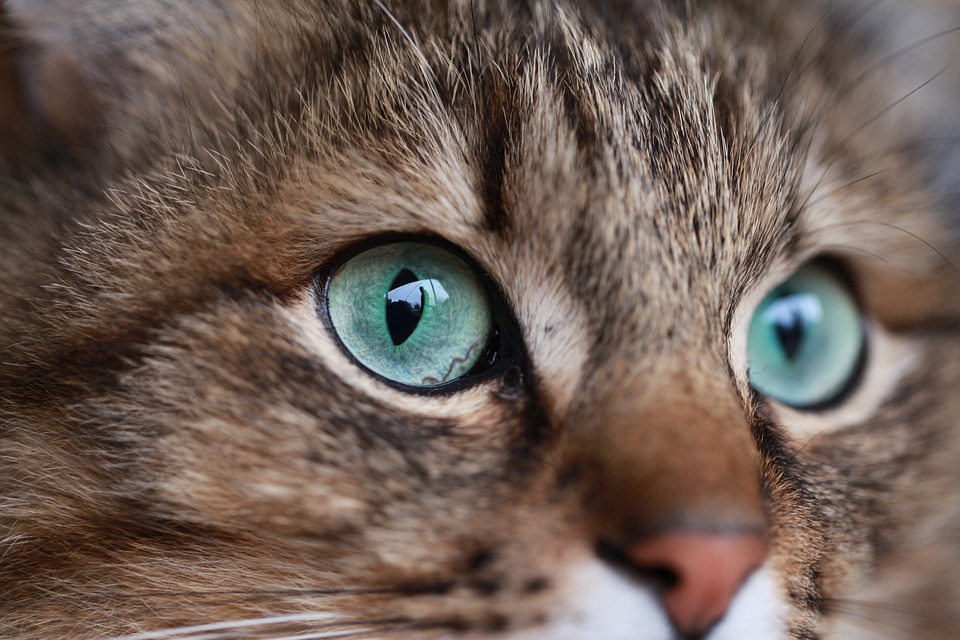In conclusion, lighting plays a significant role in your cat’s overall health and well-being. Adequate lighting helps regulate their circadian rhythm, supports their sleep-wake cycle, and affects their mood and behavior. Natural light is the best source of illumination, as it provides a full spectrum of light, including UV rays. Exposure to natural light helps cats synthesize vitamin D and enhances their visual acuity and hunting instincts. However, artificial lighting can be used to supplement or mimic natural light in your cat’s indoor environment. When choosing artificial lighting, opt for full-spectrum or daylight bulbs that closely resemble natural sunlight. It is important to consider light intensity and strike a balance between brightness and comfort. Light duration also plays a crucial role in maintaining your cat’s sleep-wake cycle, so ensure your cat has access to well-lit areas during the day and gradually decrease lighting intensity in the evening. Finally, consider the specific lighting needs of senior cats and provide softer lighting to reduce disorientation and promote restful sleep. By understanding the impact of lighting and implementing appropriate measures, you can create a stimulating and healthy environment for your feline friend.









